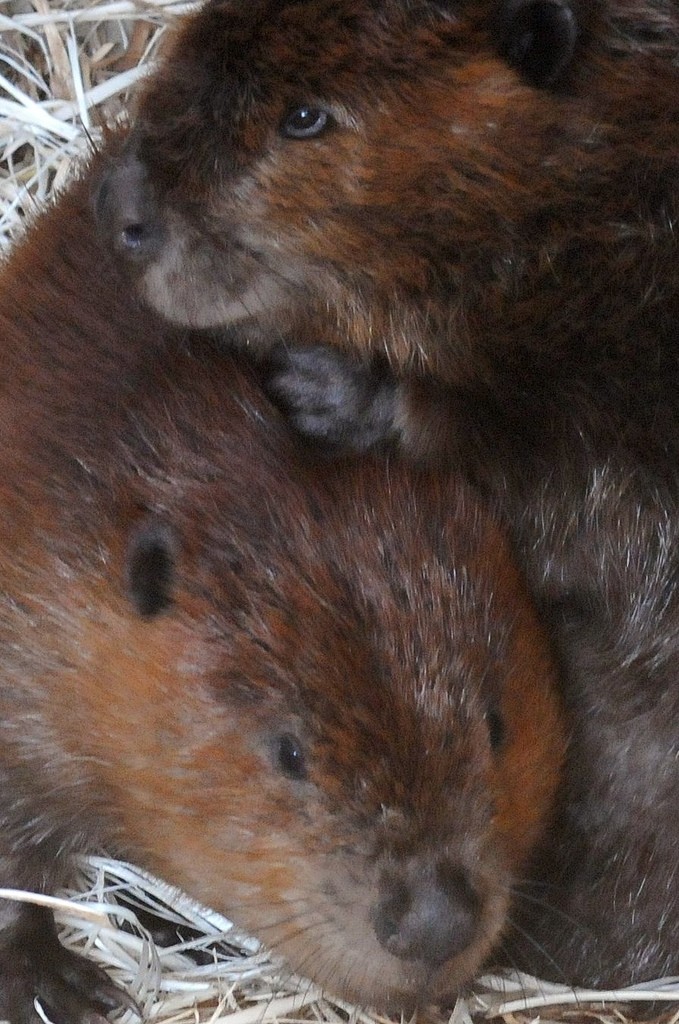North american beaver
A species of Beavers, Also known as American beaver, Castor cat, Castor Scientific name : Castor canadensis Genus : Beavers
North american beaver, A species of Beavers
Also known as:
American beaver, Castor cat, Castor
Scientific name: Castor canadensis
Genus: Beavers
Content
Description General Info
 Photo By Badjoby , used under CC-BY-SA-3.0 /Cropped and compressed from original
Photo By Badjoby , used under CC-BY-SA-3.0 /Cropped and compressed from original Description
This beaver is the largest rodent in North America and competes with its Eurasian counterpart, the European beaver, for being the second-largest in the world, both following the South American capybara. The European species is slightly larger on average but the American has a larger known maximum size. Adults usually weigh from 11 to 32 kg (24 to 71 lb), with 20 kg (44 lb) being typical. In New York, the average weight of adult male beavers was 18.9 kg (42 lb), while non-native females in Finland averaged 18.1 kg (40 lb). However, adults of both sexes averaged 16.8 kg (37 lb) in Ohio. The species seems to conform to Bergmann's rule, as northern animals appear to be larger. In the Northwest Territory, adults weighed a median of 20.5 kg (45 lb). The American beaver is slightly smaller in average body mass than the Eurasian species. The head-and-body length of adult North American beavers is 74–90 cm (29–35 in), with the tail adding a further 20–35 cm (7.9–13.8 in). Very old individuals can exceptionally exceed normal sizes, weighing more than 40 kg (88 lb) or even as much as 50 kg (110 lb) (higher than the maximum known for the Eurasian beaver). Like the capybara, the beaver is semiaquatic. The beaver has many traits suited to this lifestyle. It has a large, flat, paddle-shaped tail and large, webbed hind feet. The unwebbed front paws are smaller, with claws. The eyes are covered by a nictitating membrane which allows the beaver to see under water. The nostrils and ears are sealed while submerged. A thick layer of fat under its skin insulates the beaver from its coldwater environment. The beaver's fur consists of long, coarse outer hairs and short, fine inner hairs (see Double coat). The fur has a range of colors, but usually is dark brown. Scent glands near the genitals secrete an oily substance known as castoreum, which the beaver uses to waterproof its fur. Before their near-extirpation by trapping in North America, beavers were practically ubiquitous and lived from the arctic tundra to the deserts of northern Mexico, and from the Atlantic to the Pacific Oceans. Physician naturalist Edgar Alexander Mearns' 1907 report of beaver on the Sonora River may be the earliest report on the southernmost range of this North American aquatic mammal. However, beavers have also been reported both historically and contemporaneously in Mexico on the Colorado River, Bavispe River, and San Bernardino River in the states of Sonora and Chihuahua. 
General Info
Lifespan
10-24 years
Diet
North american beaver's diet consists almost entirely of twigs, bark, and leaves of aspen and willow trees. This species can also consume water vegetation, fruits, and grasses when other food sources are scarce.
Appearance
North american beaver is a large, robust rodent with reddish-brown fur and a wide, flat tail. It has a hefty body, short legs, and webbed hind feet. Notably, its incisor teeth, which continuously grow, are orange and quite sharp. Despite their bulky shape, their fur is dense and water-resistant, aiding in their aquatic habitat. No significant variance in appearance occurs due to age, gender, or subspecies.
Behavior
North american beaver construct elaborate dam and lodge structures for protection and food storage. Known for a complex social structure, they live in family units. Nocturnal by nature, these creatures indulge in meticulous grooming and exhibit strategic territorial behaviors.
Population
Stable
Scientific Classification
Phylum
Chordates Class
Mammals Order
Gnawing mammals Family
Beavers Genus
Beavers Species
North american beaver